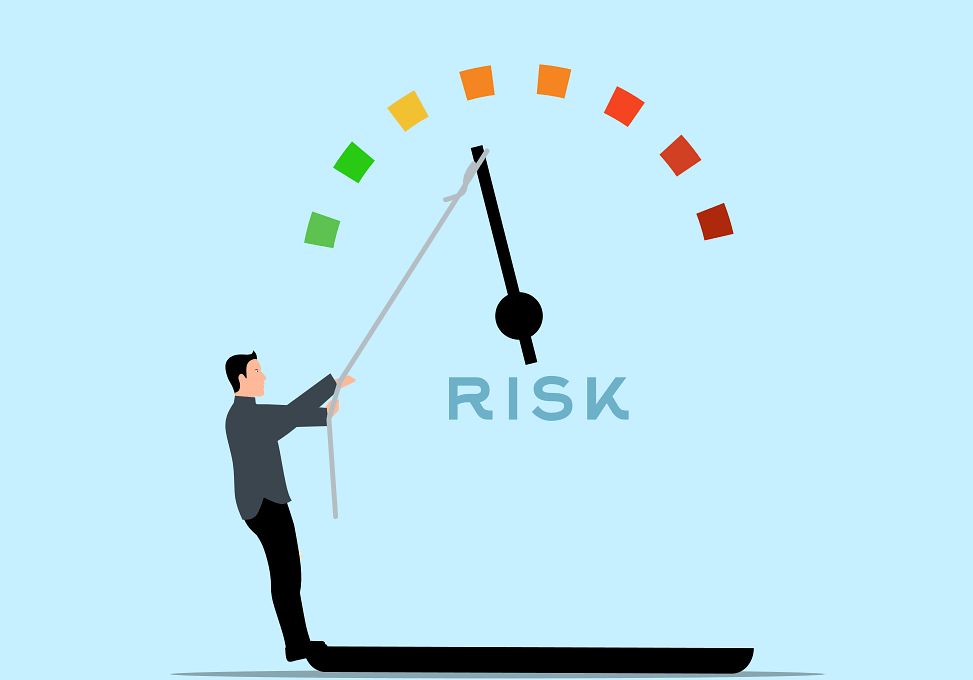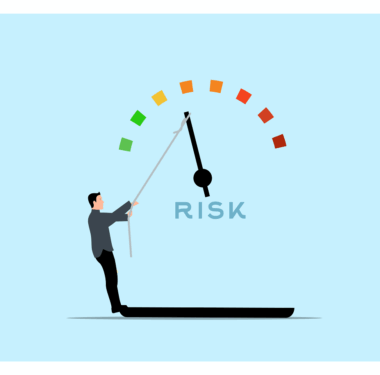The Role of Demand Forecasting in Minimizing Supply Chain Finance Risks
Demand forecasting plays a crucial role in supply chain finance, acting as the backbone for financial planning and management. By accurately predicting customer demand, companies can optimize inventory levels, reduce holding costs, and avoid stockouts. This forecasting not only enhances operational efficiency but also mitigates risks associated with supply chain finance. Companies often utilize various forecasting methods, including historical sales analysis and predictive analytics, to improve accuracy. These methods allow businesses to gauge trends and plan accordingly, creating a seamless financial flow. With improved demand forecasting, organizations can align production schedules with market needs, thus minimizing excess production costs. Additionally, this process aids in budgeting for raw materials and operational expenses, further stabilizing financial health. Companies that prioritize demand forecasting can also respond swiftly to market fluctuations, adapting their strategies effectively. This adaptability is vital in today’s rapidly changing marketplaces where consumer preferences often shift unexpectedly. Therefore, understanding demand forecasting becomes essential for any business aiming to enhance their supply chain finance capabilities.
Understanding the Importance of Accurate Demand Forecasting
The accuracy of demand forecasting significantly impacts supply chain finance. Inaccurate predictions can lead to an imbalance between supply and demand, causing financial strain. Organizations that overestimate demand may incur excessive costs from surplus inventory, while those who underestimate face the risk of customer dissatisfaction due to unmet demand. Hence, investing in sophisticated analytics tools and methodologies improves forecasting precision. Technologies like artificial intelligence and machine learning are transforming how businesses approach demand forecasting. They analyze vast quantities of data, identifying patterns that human forecasters might overlook. Through these insights, organizations can make data-driven decisions. Efficient demand forecasting not only reduces the need for working capital but also lowers financial risks. This leads to better cash flow management, which is vital for maintaining operational agility. Furthermore, with reliable forecasts, companies can negotiate favorable terms with suppliers, knowing precisely when they will need resources. This strengthens supplier relationships, ensuring a more stable supply chain. In summary, accurate demand forecasting underpins effective supply chain finance, helping organizations to minimize risks.
Though essential, demand forecasting is not without challenges. Factors such as market volatility, economic changes, and evolving consumer behaviors can complicate predictions. Moreover, relying solely on historical data can be misleading in dynamic environments. Therefore, businesses must adopt flexible forecasting models that account for both quantitative data and qualitative influences. Engaging in scenario planning is a method that can aid organizations in anticipating various market conditions, allowing them to adjust their forecasts proactively. It’s essential for companies to incorporate feedback mechanisms to refine their forecasting processes continually. By integrating insights from sales, marketing, and customer service teams, organizations can enhance the collaborative approach to demand forecasting. This holistic view leads to better-informed decisions, ultimately minimizing risks in supply chain finance. Additionally, leveraging cloud-based forecasting platforms allows teams to access real-time data, fostering agility. With these tools, companies can modify forecasts instantaneously, aligning with market shifts. Consequently, this responsiveness strengthens their financial projections and mitigates risks associated with unpredictable demand changes.
The Role of Technology in Demand Forecasting
Technology serves as a catalyst in reinforcing demand forecasting. Advanced analytics tools and machine learning algorithms enable organizations to manage vast data sets efficiently, resulting in more accurate predictions. These technologies highlight trends and correlations, offering valuable insights that can drive supply chain strategies. For instance, businesses can analyze customer purchasing histories across various channels to understand demand drivers effectively. Furthermore, the integration of Internet of Things (IoT) devices enhances data collection, allowing for real-time inventory tracking and consumer behavior analysis. This influx of real-time data helps businesses adapt quickly to market fluctuations. Cloud computing also plays a pivotal role, providing scalable solutions for data storage and processing. Companies can run sophisticated analytics without significant upfront investments, democratizing access to advanced forecasting tools. Additionally, software solutions that facilitate collaborative forecasting foster communication among different departments. With shared insights, organizations can create more reliable forecasts, ultimately reducing financial risks. In conclusion, embracing technology is vital for companies looking to strengthen their demand forecasting practices and, by extension, their supply chain finance management.
Effective demand forecasting ultimately leads to enhanced profit margins for businesses. By optimizing resource allocation based on accurate predictions, companies can prevent wasted expenditures. Precise forecasting enables firms to minimize the costs associated with excess inventory and stockouts, balancing the equation between supply and demand effectively. Moreover, organizations that succeed in demand forecasting often enjoy improved customer satisfaction. When consumers receive products consistently and timely, their loyalty strengthens, resulting in repeat purchases. Furthermore, this reliability enhances a brand’s reputation, which can lead to increased market share over time. Companies that grasp the significance of aligning their supply chain finance strategies with robust demand forecasting are likely to outperform competitors. This strategic perspective fosters long-term stability and growth without compromising financial health. In a global market fraught with risks, such as political instability and economic downturns, the ability to anticipate demand is an invaluable asset. Organizations that harness data and analytics to refine their forecasts position themselves advantageously, enabling them to navigate uncertainties with confidence.
Risk Management through Demand Forecasting
Integral to supply chain finance is understanding how demand forecasting serves as a tool for risk management. By anticipating future demand patterns, companies can implement strategies to mitigate potential disruptions. For example, during peak seasons, accurate forecasts help businesses stock appropriate levels of inventory, thereby avoiding missed sales opportunities. In contrast, during off-peak periods, forecasts can guide leaner inventory practices, minimizing costs. This proactive approach reduces financial pressures significantly. Additionally, demand forecasting facilitates supply chain resilience. Organizations can identify critical suppliers and establish contingency plans for potential disruptions. For instance, diversifying suppliers or maintaining safety stock based on predictive analytics enhances flexibility. Moreover, businesses can employ hedging strategies to drive financial stability. For example, when forecasts indicate rising commodity prices, companies can lock in pricing, protecting their margins even amid inflationary pressures. This financial foresight ensures better liquidity, empowering organizations to make strategic investments. Overall, using demand forecasting as a risk management tool aligns financial strategies with market realities, leading to sustainable growth.
In the evolving landscape of global commerce, the relationship between demand forecasting and supply chain finance will continue to deepen. As technology advances, organizations must remain agile, continuously updating their forecasting methods to align with changing market dynamics. Forward-thinking companies are already integrating artificial intelligence to improve accuracy in forecasts while managing financial risks. This adaptability ensures they remain competitive in complex environments. Moreover, as consumer behavior trends toward personalization and customization, demand forecasting will likely evolve further to incorporate these shifts. Businesses that embrace this evolution will reap financial benefits by anticipating customer needs and optimizing their supply chain accordingly. Educational initiatives focused on enhancing forecasting skills within organizations will also be crucial. By cultivating a culture of data-driven decision-making, teams can work collaboratively towards common financial goals. Consequently, this alignment fosters a more resilient supply chain that can navigate uncertainties effectively. Ultimately, companies that thrive will be those who recognize the synergistic roles of demand forecasting and supply chain finance in crafting strategies that ensure profitability and sustained growth.
Conclusion
In conclusion, demand forecasting is indispensable in minimizing risks associated with supply chain finance. Through accurate predictions and data-driven insights, companies enhance their operational efficiency and financial health. As markets become increasingly unpredictable, the ability to forecast demand will remain a key determinant of success. Organizations that invest in technology and embrace collaborative forecasting will navigate the complexities of supply chains effectively. Building a robust demand forecasting framework equips businesses to adapt swiftly to market trends, reduce costs, and improve customer satisfaction. By understanding and applying the principles of demand forecasting, companies can create a more resilient supply chain. In turn, this resilience will enable them to manage financial risks more proficiently. Moving forward, companies must prioritize refining their forecasting processes and leveraging advanced tools. The benefits of improved demand forecasting will ripple through the entire supply chain, driving not just efficiency but also financial stability. Therefore, the commitment to forecasting excellence is a strategic imperative for organizations aiming to succeed in the dynamic global market.





